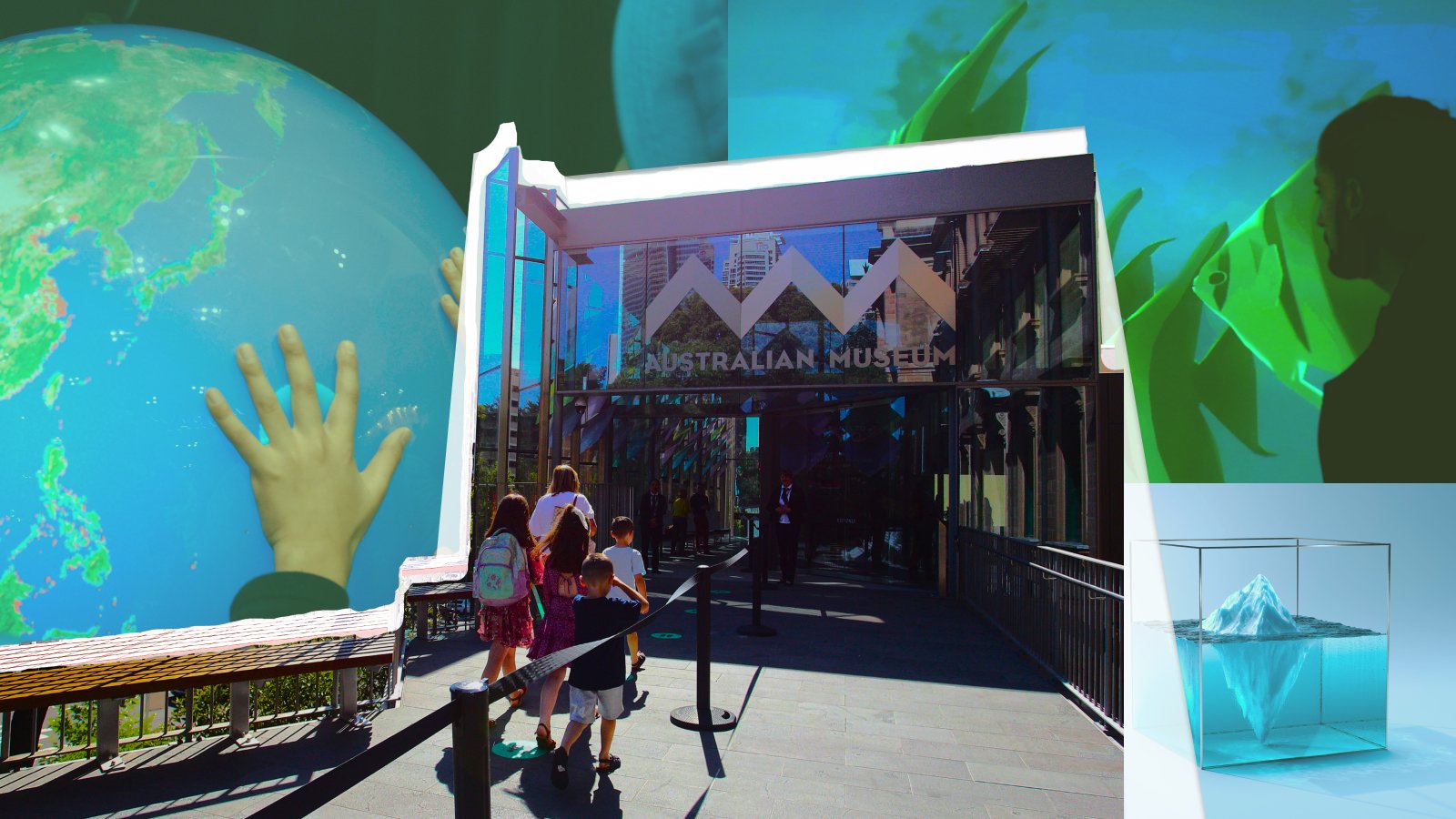Museums preserve history and culture. Do they have a responsibility to preserve the planet?

Written by Adrienne Day and published originally by Grist on July 14, 2021
Most cultural institutions, emerging from the pandemic, will thrive only if audiences return. Conversely, museums, galleries, and other arts venues have a role to play in helping cities as they reopen their economies. Given these realities — alongside a national resetting of priorities prompted by COVID and the push for environmental and racial justice — as well as the infrastructure funding the Biden administration hopes to make available, a growing chorus of voices say it is time for the arts to model a cleaner, greener, more equitable future.
The arts are in a unique position to do this through the design of their physical spaces and the works they exhibit, and given their altruistic goal of educating and informing. Some 850 million people visited a museum in the U.S. in 2019, and people find them more trustworthy than newspapers, nongovernmental organizations, and government agencies. That gives them wide latitude to shape public opinion. More than that, though, there is a mounting sense that this carbon-intensive sector has an obligation to clean up its act, literally and figuratively. The nation’s 35,000 or so museums tend to occupy old or sprawling buildings that aren’t terribly energy efficient, and many of them draw financial support from Big Oil and other polluting industries.
“You have no idea how unsustainable the art world is,” says Sommer Hixson, who became head of communications for eco-conscious retail real-estate owner Edens after a stint at New York cultural center The Shed. “But we are coming out of the pandemic with a ton more awareness about the fragility of our environment, and institutions are addressing it more explicitly.”
Hixson says museum visitors and patrons are increasingly focused on sustainability, and “it’s the same for developers right now.” That creates a sense of urgency for museums and other institutions to remake their curricula, model sustainable practices for their audiences, and showcase work focused on climate change. Their central role in the communities they serve also gives cultural institutions the ability to push cities to follow suit, says Rhiannon Jacobsen of the U.S. Green Building Council.
The council administers the Leadership in Energy and Environmental Design (LEED) certification program, which recognizes cities and structures that embrace building practices that promote energy and water efficiency and healthy environments. Buildings like Denver’s Museum of Contemporary Art or The Field Museum in Chicago can subtly but definitively shape people’s perception of sustainability simply by showing them what it looks like and how it can be implemented. That has a far stronger impact than lecturing to them. “People are going to enjoy an experience, and people often learn or are more excited about learning when they’re doing something that is voluntary,” Jacobsen says. “These institutions have this massive opportunity to really impact people.”
Now is the time for these institutions — many of which hold sizable endowments and enjoy the support of wealthy patrons — to acknowledge how energy-intensive they are and pursue greener building standards, says Joyce S. Lee, chair of the American Alliance of Museums’ Environment and Climate Network. “Museums can be more energy-intensive than skyscrapers or hospitals,” she says. That may sound surprising, but many of them, like the sprawling Smithsonian Institution, are campuses or complexes that combine modern structures with buildings that may be decades, or even centuries, old.